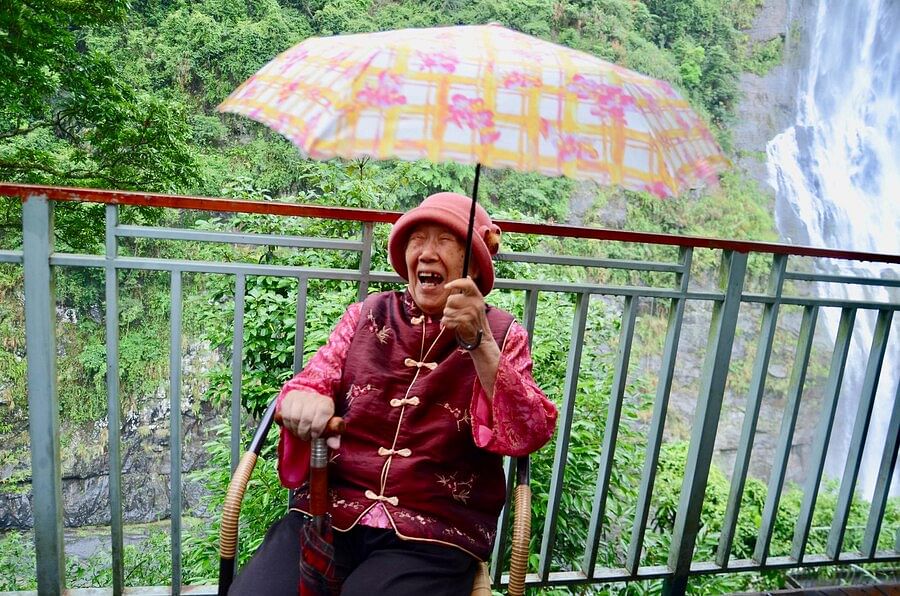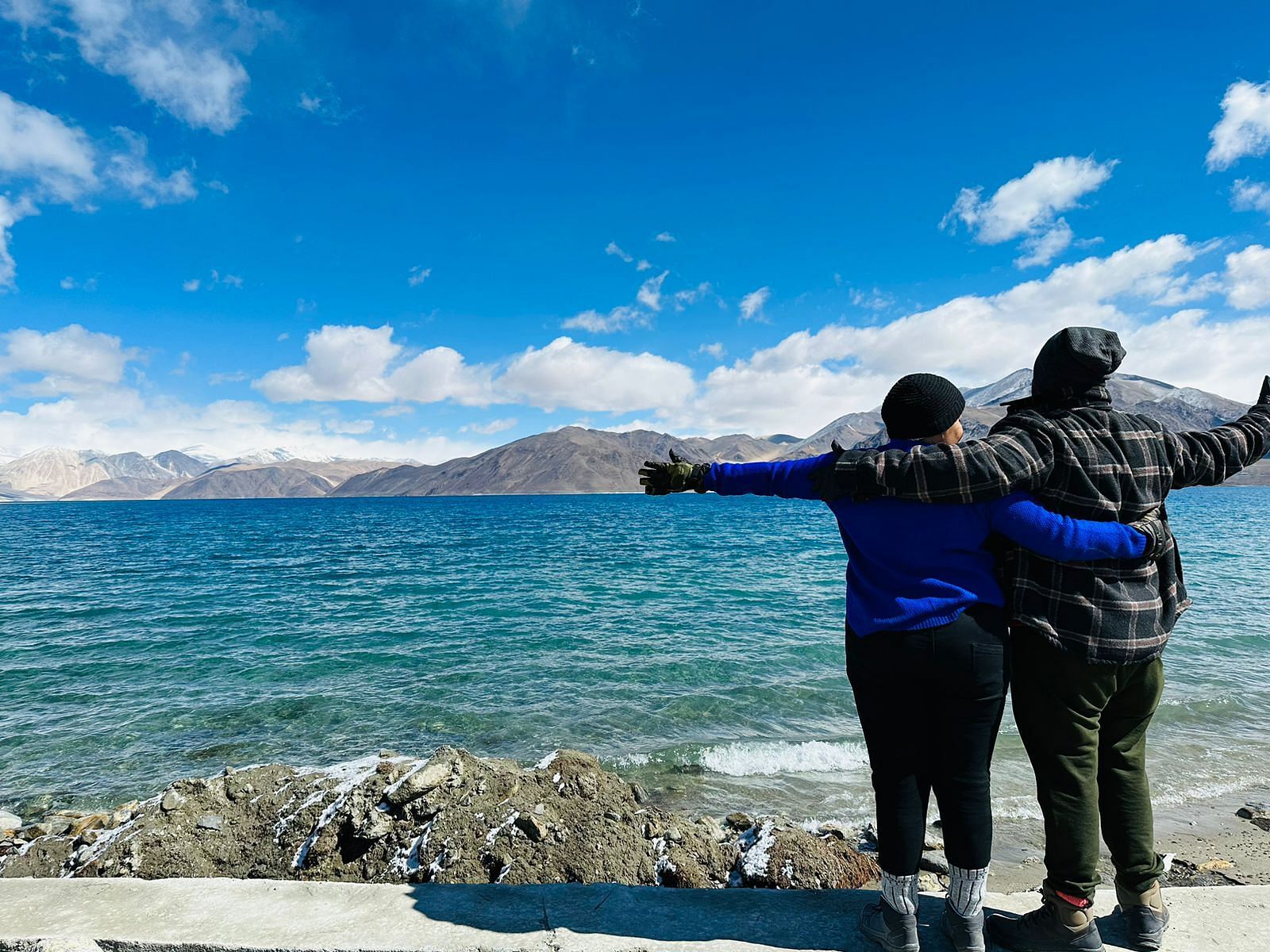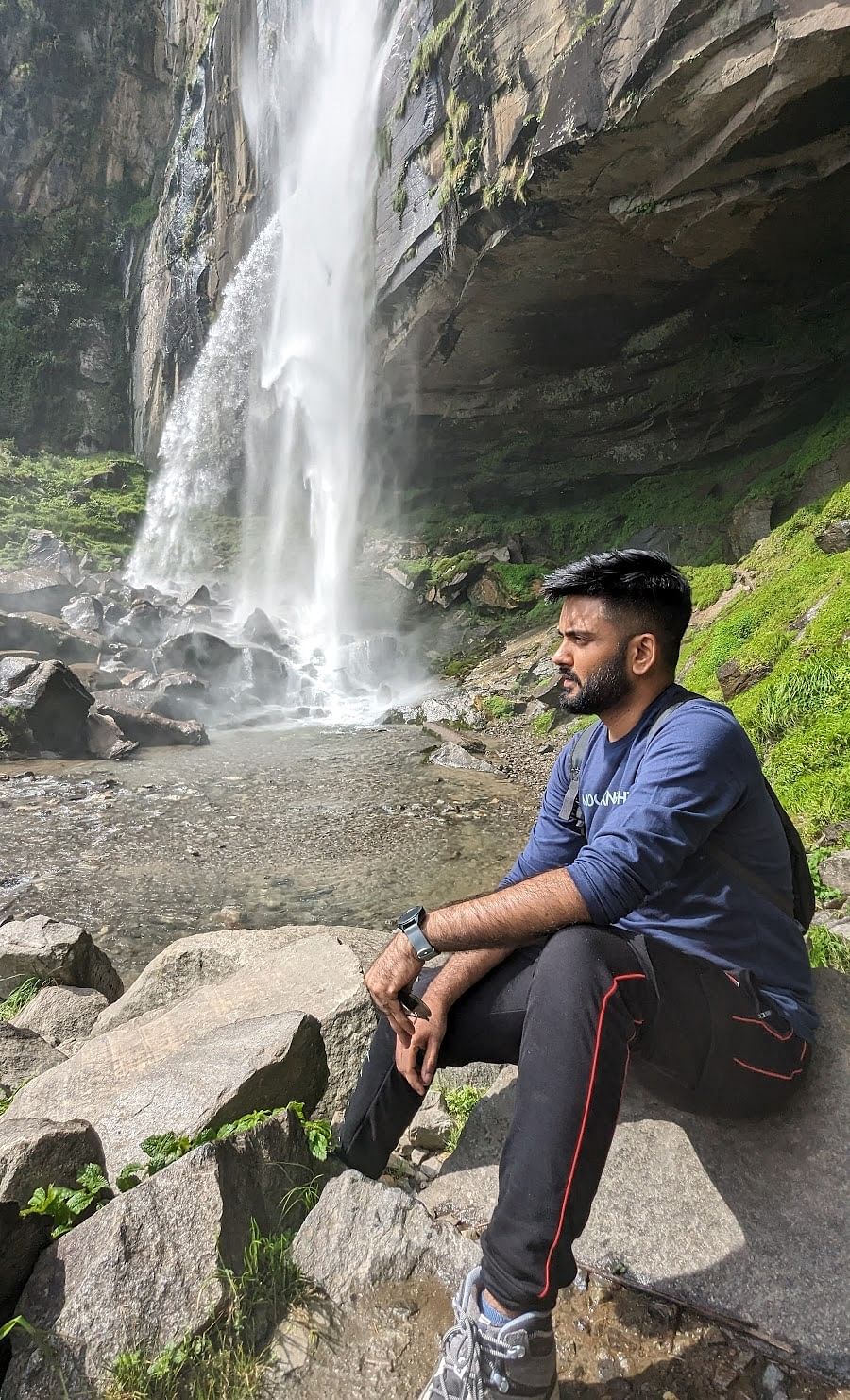With distinct seasonal changes and a range of temperatures, the Bhutan weather forecast can greatly influence your travel experience. In this guide, we’ll explore Bhutan’s seasonal temperatures, and climate in Thimphu, and provide insights into the Bhutan monthly weather, so you can enjoy the best of what this unique country has to offer, no matter the time of year.

Temperature in Bhutan: Your Ultimate Guide to Bhutan’s Weather
Table of Contents
Table of Contents
- Overview of Bhutan’s Climate Zones
- Alpine Highlands (Northern Bhutan):
- Bhutan Monthly Weather: What to Expect
- Seasonal Overview of Bhutan’s Temperatures
- Climate in Thimphu: A Detailed Insight
- Bhutan Weather Forecast: Tips for Travelers
- What to pack for different seasons:
- Best times for trekking:
- Cultural experiences:
- Conclusion
Overview of Bhutan’s Climate Zones
Subtropical Lowlands (Southern Bhutan):
Temperate Central Valleys (Thimphu, Paro):
Alpine Highlands (Northern Bhutan):
Bhutan Monthly Weather: What to Expect
- January: Coldest month of the year, especially in higher altitudes. Temperature in Bhutan can fall below freezing in valleys, with snowfall in the mountains.
- February: Still chilly, but temperatures start to warm slightly in lower altitudes.
- March to May (Spring): The weather begins to warm up, with temperatures between 10°C to 20°C (50°F to 68°F). Ideal for outdoor activities, trekking, and visiting festivals.
- June to August (Summer/Monsoon): Expect rainy weather and lush greenery. The Bhutan summer climate means temperatures range from 15°C to 25°C (59°F to 77°F), but the monsoon rains create a perfect setting for nature lovers.
- September to November (Autumn): Crisp air with temperatures between 10°C to 18°C (50°F to 64°F), making it an excellent time for sightseeing and cultural tours.
- December: Cold, with temperatures dropping below freezing at night. Snow is common in the mountains, creating a winter wonderland effect in high-altitude regions.
Spring (March to May):
Seasonal Overview of Bhutan’s Temperatures
Summer (June to August):
Autumn (September to November):
Winter (December to February):
Climate in Thimphu: A Detailed Insight
Thimphu’s altitude at 2,334 meters (7,657 feet) contributes to its mild climate, and the city remains a popular destination for Best tourist places in Bhutan seeking both cultural experiences and outdoor adventures.
Bhutan Weather Forecast: Tips for Travelers
What to pack for different seasons:
- Winter (Dec-Feb): Warm clothing, including thermals, a heavy jacket, gloves, and scarves, as temperatures can drop below freezing.
- Summer (Jun-Aug): Light clothing, but be prepared for rain with a waterproof jacket and shoes.
- Spring & Autumn (Mar-May, Sep-Nov): Layered clothing, as temperatures can vary throughout the day. A light jacket is recommended for the evenings.
Best times for trekking:
- Spring and autumn are the best seasons for trekking, with moderate temperatures and clear skies. These seasons also coincide with Bhutan’s major festivals, which provide a unique cultural experience.
Suggested Read: Bhutan picnic place.
Cultural experiences:
- The Bhutan seasonal temperatures during spring and autumn make it perfect for attending festivals such as Paro Tsechu and Thimphu Tsechu, which celebrate Bhutan’s rich traditions.
Ready to explore the breathtaking landscapes and cultural wonders of Bhutan? Let WanderOn handle all the details, from customized travel packages to the best seasonal tips. Start your adventure today by visiting WanderOn or calling us at +91-9090403075. Your Bhutan experience awaits!
Conclusion
Planning ahead by considering the Bhutan seasonal temperatures and packing accordingly will ensure you experience the best of what this magical country has to offer. With its rich cultural heritage, stunning natural beauty, and diverse climates, Bhutan promises an unforgettable journey for every traveler.
Get exclusive travel insights & updates into your inbox!
*By clicking subscribe you'll receive emails from WanderOn.

Shrutika Parab
★★★★★24 May 2024
“Thank you Team Wanderon for the amazing Ladakh Experience. Right from the point of making the bookings with Mr. Chakshu to the point of completion of the trip received amicable support.

Sonal Shekhar Dash
★★★★★9 May 2024
“I did my first solo trip in India with WanderOn. Initially I was sceptical about their Meghalaya-Kaziranga trip as I didn't have any prior experience with them but the team assured me that it's going to be one of the best experiences of my life.

Archana Awati
★★★★★30 Apr 2024
“In Ladakh, find the perfect blend of culture, adventure, and serenity. December last year I decided that my next trip would be Ladakh but didn’t know how to go about it. I knew I wanted to travel in a group, as I had prior experiences of traveling in a group but wanted an organiser I could trust. Ladakh isn’t like other destinations wherein you need some instructions due to the high altitudes.

Kartik Dilawari
★★★★★4 Jul 2024
“After an amazing trip to Tirthan with WanderOn, I decided to go to Manali-Jispa with them and yet again, the experience was worth every penny. The place was very beautiful and the quality of service was top-notch, the itinerary was very good and the quality of transportation and stays were very good. Had an awesome time there and made some good friends as well. Lastly, our trip captains Priyasha and Rachit managed the entire trip very well and were so fun and made our trip an experience worth remembering.
FAQ'S
01
What is the temperature in Bhutan during winter?
The temperature in Bhutan during winter can drop below freezing, especially in the high-altitude regions. In valleys like Thimphu, temperatures range from -2°C to 10°C (28°F to 50°F).
02
How rainy is Bhutan in summer?
03
Is Bhutan suitable for travel year-round?
04
What is the best time to visit Thimphu?
05
What should I pack for Bhutan in the winter?
06
What can I do in Bhutan during the summer?
07
How cold is Bhutan in autumn?
08
What is the temperature in Bhutan during spring?
WanderOn Special

WANDERON EXPERIENCES PVT LTD
3rd Floor, Building No-436, Phase IV, Udyog Vihar, Sector-18, Gurugram, Haryana-122015


